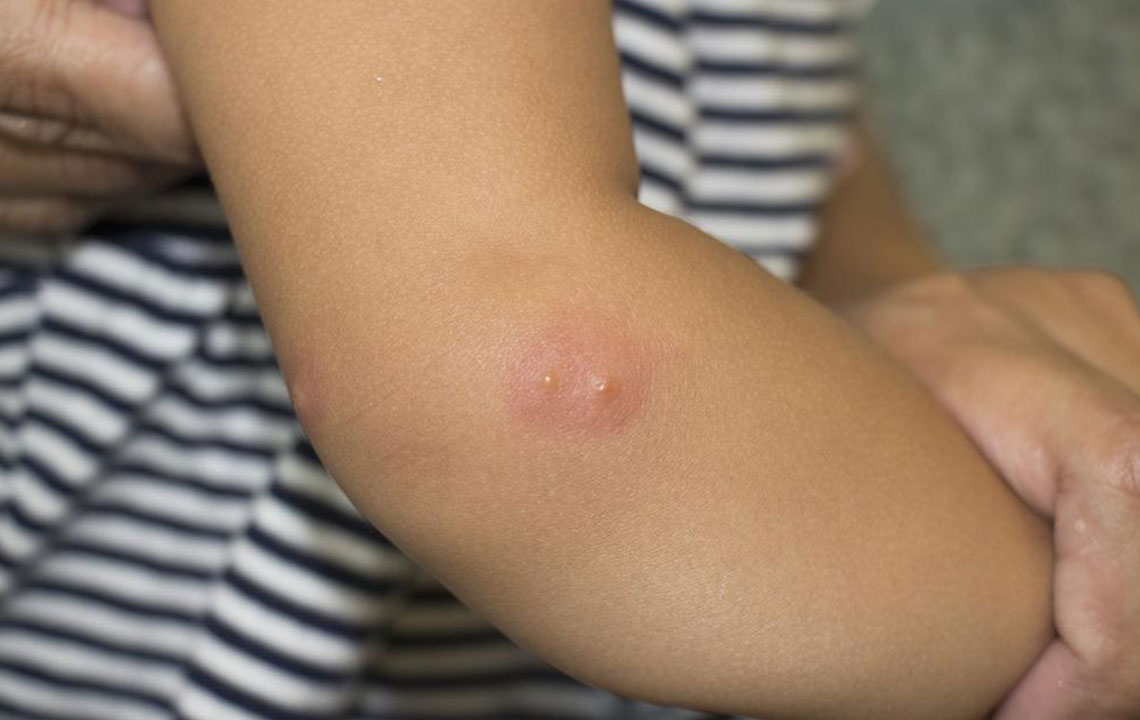The Impact of Shingles on Nervous System Health and How to Manage It
Explore how shingles impacts nerve health, causes nerve pain, and the best strategies for preventing nerve damage. Learn about symptoms, treatments, and lifestyle tips to support recovery from shingles and postherpetic neuralgia. Early intervention and proper care are key to minimizing long-term nerve issues caused by this viral reactivation.

Understanding How Shingles Affects Nervous System Function and Health
Shingles, also known as herpes zoster, is a painful condition caused by the reactivation of the Varicella-zoster virus—the same virus that causes chickenpox. While many associate shingles with skin rashes and pain, its effects on the nervous system are profound and can have lasting consequences. This article explores how shingles impacts nerve health, the symptoms involved, the potential for nerve damage, and the available strategies for managing and treating the condition to promote recovery and nerve protection.
To truly appreciate how shingles affects nerve health, it’s essential to understand the underlying mechanism of the virus. After an initial chickenpox infection, the virus does not get eliminated from the body; instead, it remains dormant in nerve cells near the spinal cord and brain. In certain conditions—such as a weakened immune system—the virus can reactivate, causing shingles. This reactivation leads to inflammation and nerve damage since the virus travels along nerve pathways, affecting the nerves’ structure and function. The result is often intense pain, nerve irritation, and in some cases, long-term nerve damage that can impair quality of life.
One critical aspect of shingles is its ability to cause nerve pain known as neuropathic pain or neuralgia. This pain manifests as burning sensations, stabbing pains, or even electric shock-like feelings that persist even after the skin lesions have healed. The nerve damage incurred during reactivation can lead to complications like postherpetic neuralgia, a chronic pain condition that can last months or even years after shingles has resolved. Understanding these dynamics is crucial for early intervention and effective management.
Research indicates that nerve damage caused by shingles can sometimes be more severe than the initial chickenpox infection. The inflammation and nerve destruction disrupt normal nerve signaling, leading to sensory disturbances and chronic pain conditions. This nerve impairment not only causes discomfort but can also impair mobility or lead to other neurological issues, depending on the affected nerve regions.
Preventative measures, including vaccination and maintaining a healthy immune system, are vital in reducing the risk of shingles reactivation. When shingles occurs, prompt antiviral treatment has been proven to reduce the severity of nerve damage and the likelihood of developing postherpetic neuralgia.
Postherpetic neuralgia (PHN) remains a significant concern for many shingles patients. Its persistent nerve pain results from nerve damage and inflammation that persist long after the skin lesions have healed. The pain can significantly impact daily life, leading to emotional distress and reduced mobility. Proper pain management strategies, including medications such as anticonvulsants, antidepressants, and topical agents, play a crucial role in alleviating PHN symptoms.
Beyond medication, adopting a lifestyle that supports nerve health is essential. This includes a nutritious diet rich in vitamins B12 and E, which are vital for nerve regeneration, along with regular physical activity to improve blood circulation. Alternative therapies like acupuncture, nerve blocks, and physical therapy can also offer relief and support nerve healing.
Maintaining mental well-being and managing stress are equally important, as stress can delay recovery and amplify nerve pain. Patients are encouraged to work closely with healthcare providers to develop a personalized treatment plan and explore various therapeutic options for effective management and improved quality of life.





